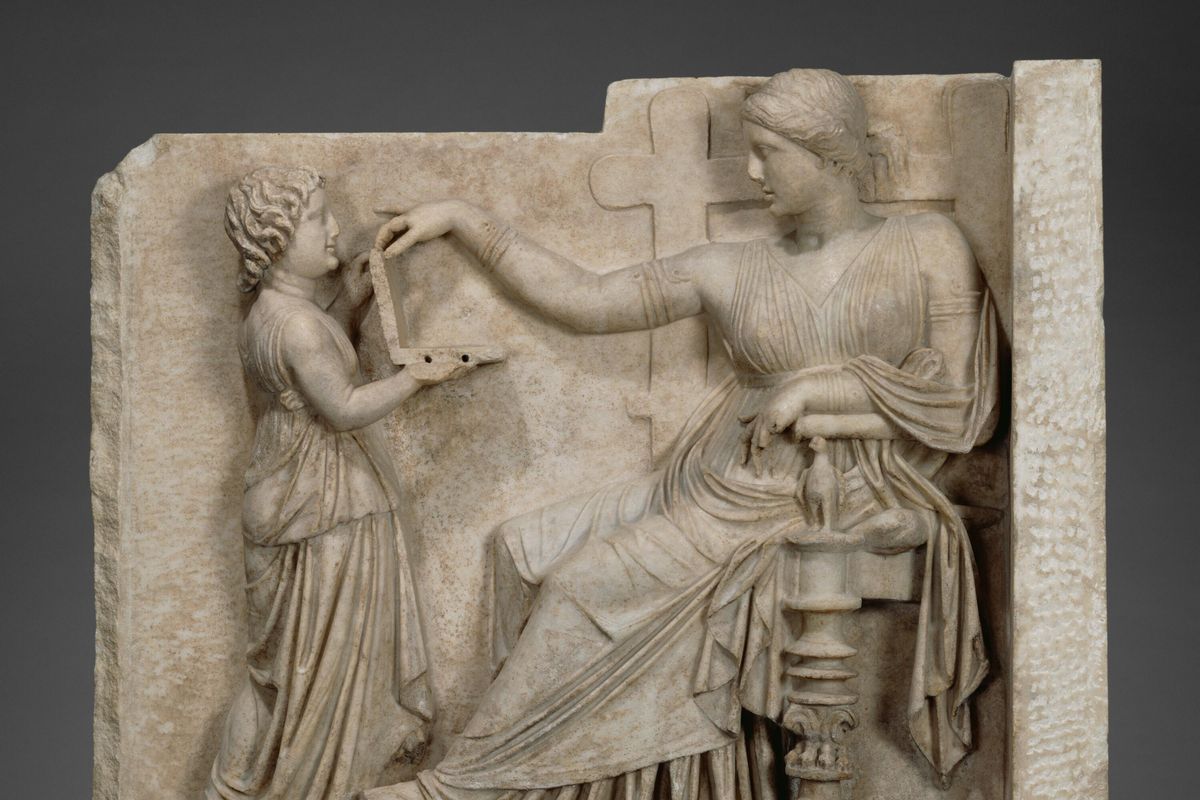Science & Tech
Kiran Moodley
Oct 17, 2014
Graphs and formulas make us more likely to trust new information regardless of whether the data actually tells us anything, according to new research.
In a Cornell Food and Brand Lab study, 61 people were told to read about a new medication. One group were given just a paragraph about the medication while the other were given the same paragraph but with a graph. The graph did not provide any new details but just summarised what was in the paragraph.
The study revealed:
Afterwards participants were asked: “Does the medication really reduce illness?” Graphs helped convince almost all of the participants that the medication worked: 96.6 per cent of those who saw the graph believed that the medication would effectively reduce illness, whereas only 67.7 per cent of those who saw only the text believed that it would reduce illness.
The research concluded that “scientific looking” information is always perceived as true by individuals regardless of what its precise content is. In otherwords, people get blinded with science.
Luckily, if this text-heavy article didn’t help you understand anything, just look at our graph explainer, with a hat tip the Science of Us for the idea:
More: Blinded with science: Trivial graphs and formulas increase ad persuasiveness and belief in product efficacy
More: Apple does not want you to look at these iPads
Top 100
The Conversation (0)












